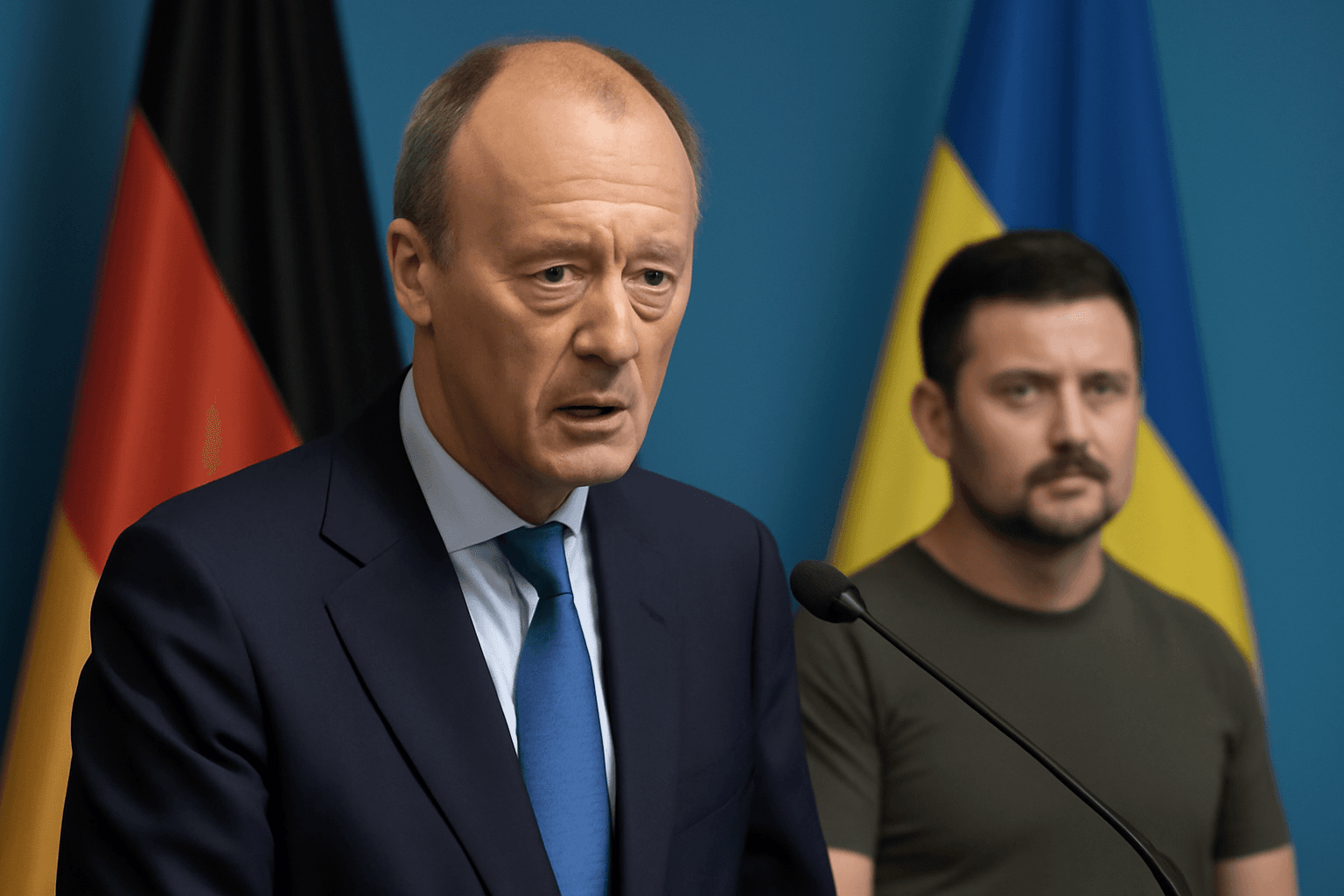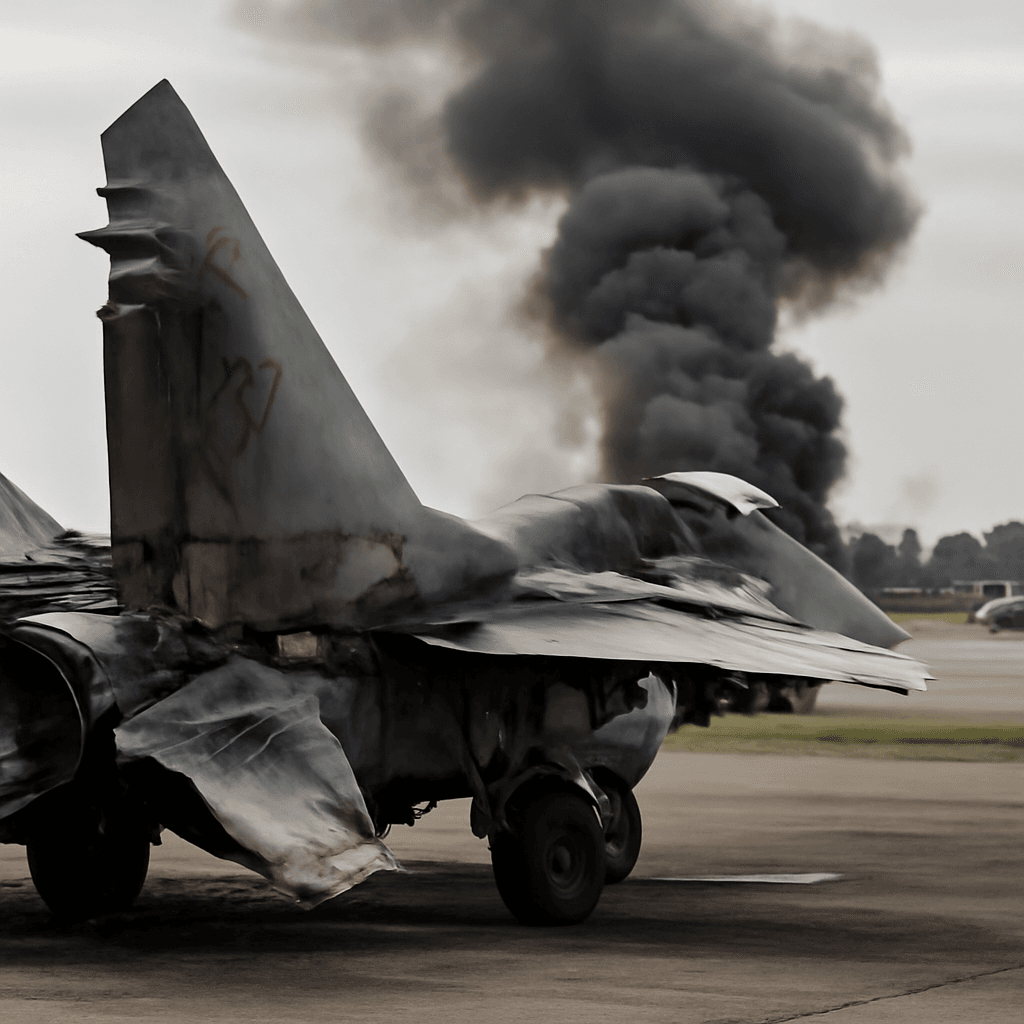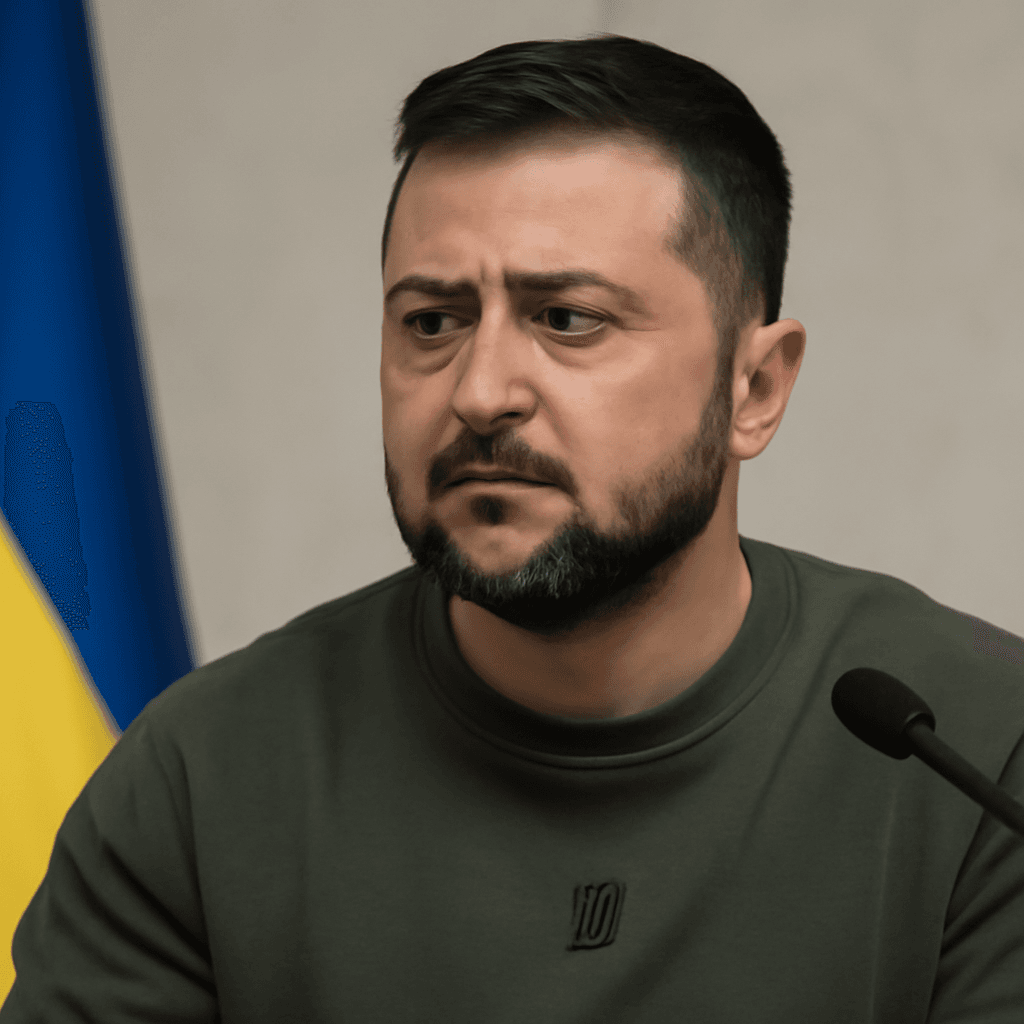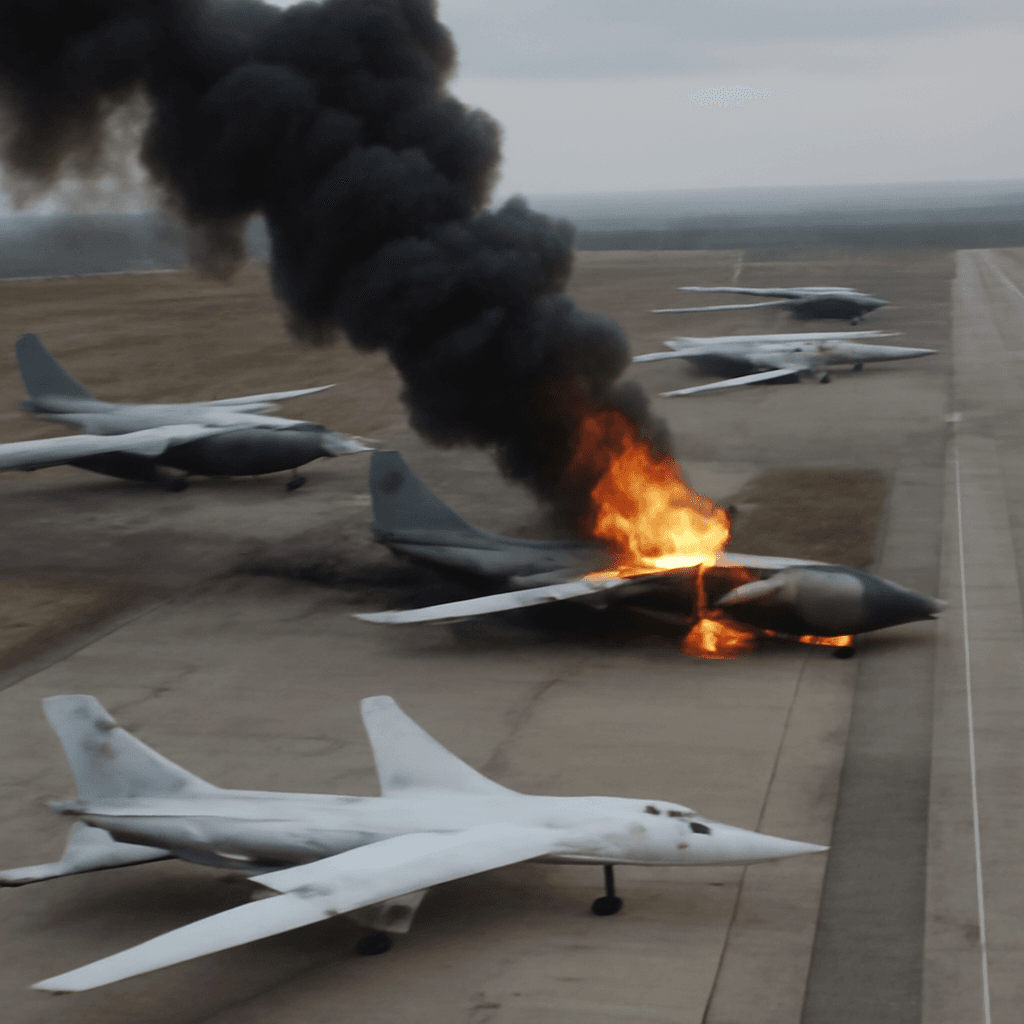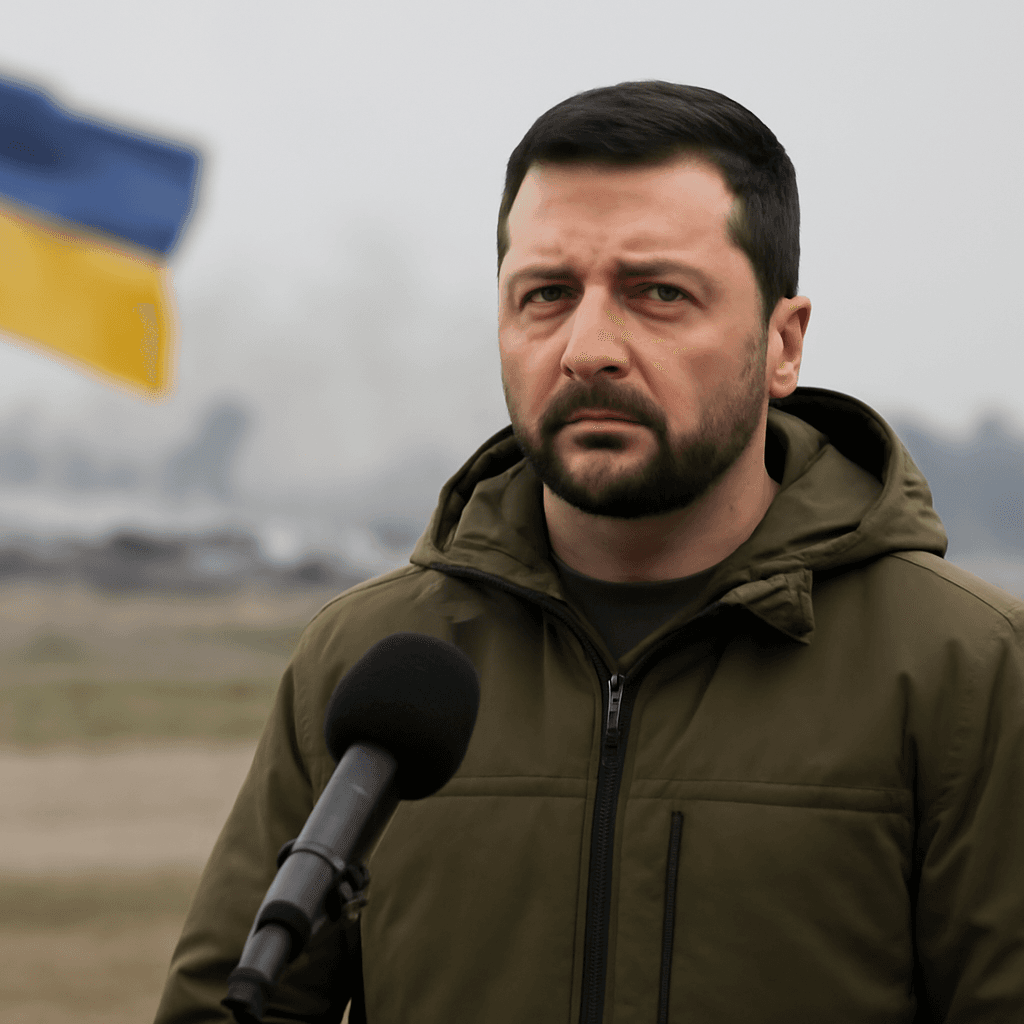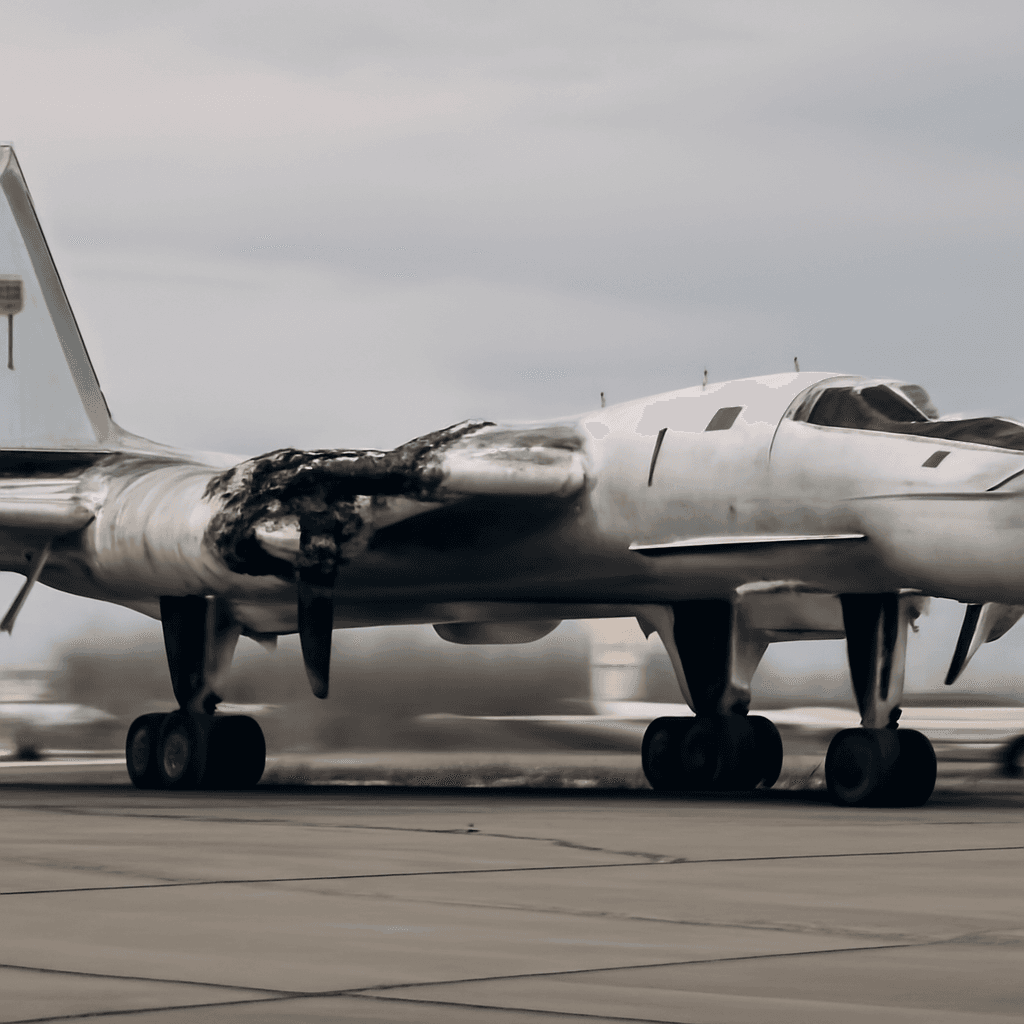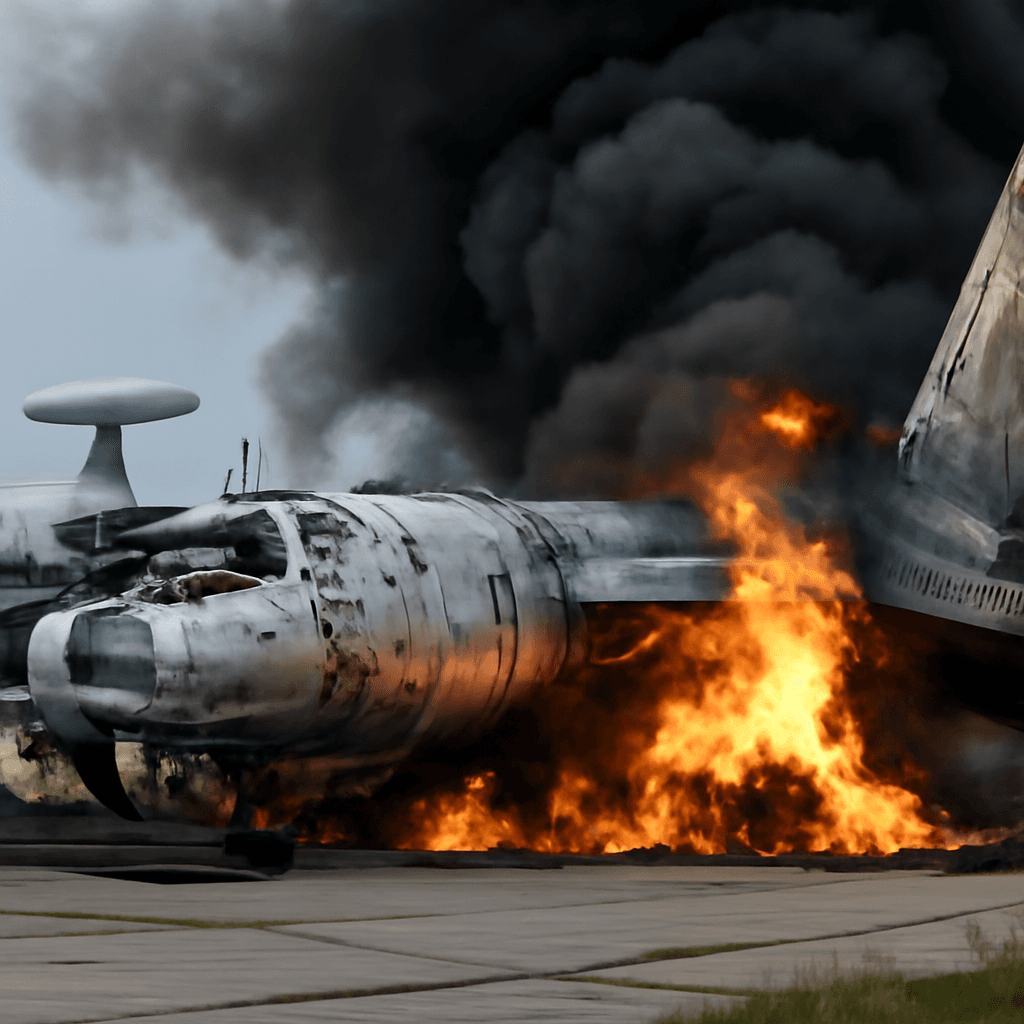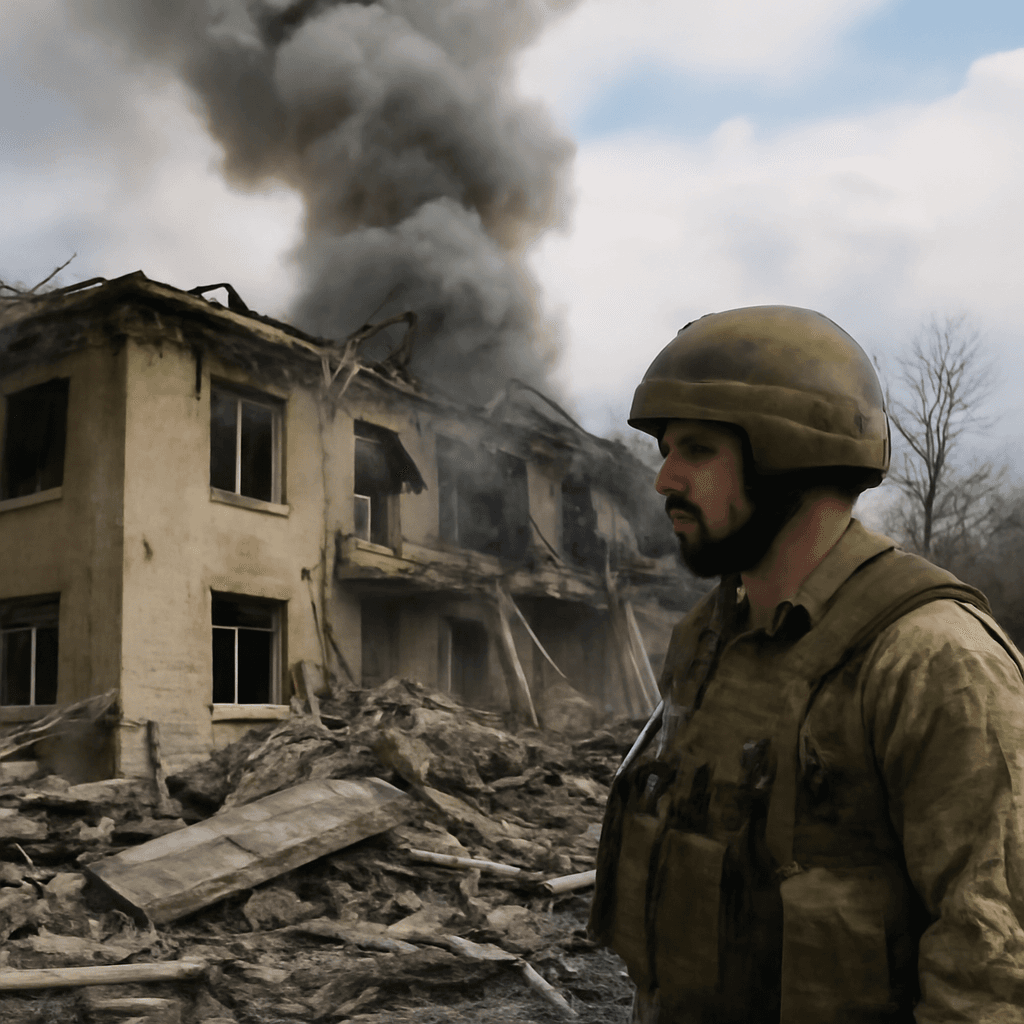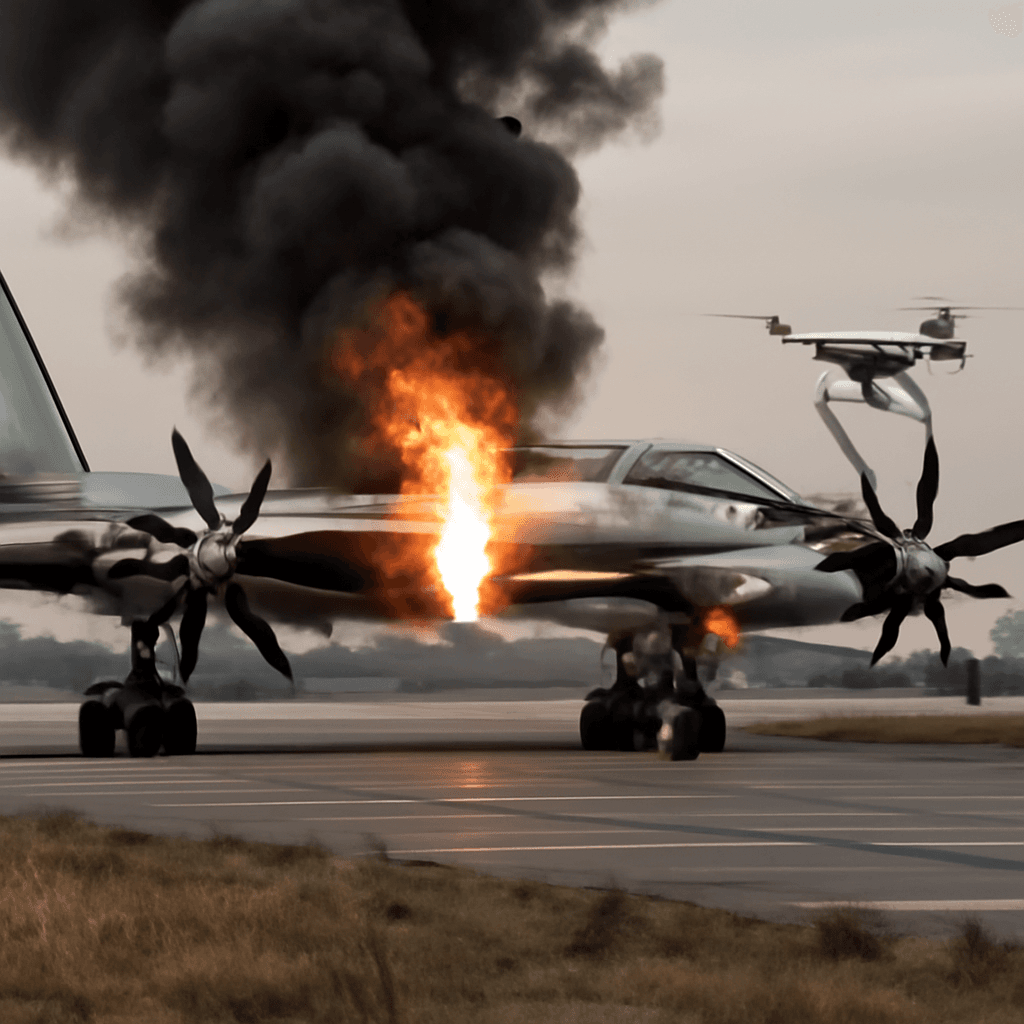Ukraine's Bold Drone Attack: Operation 'Spider's Web'
Ukraine executed a daring and meticulously planned drone assault, named Operation 'Spider's Web', targeting Russian military airfields. The operation successfully struck 41 Russian aircraft, significantly affecting Moscow's air-launched missile capabilities. Remarkably, the entire campaign was coordinated from an office located adjacent to a Russian intelligence headquarters.
Key Targets and Impact
The attack damaged critical Russian assets, including A-50 radar planes and long-range bombers such as Tu-95 and Tu-22M models. These aircraft have previously been instrumental in missile strikes or air defense coordination against Ukraine.
Highlights of the damage include:
- 41 Russian aircraft hit across multiple military airfields
- Destruction of approximately 34% of Russia’s air-launched missile carriers
- Estimated financial damage reaching $7 billion (unverified independently)
Extended Planning and Leadership Oversight
The operation represents a significant intelligence and military achievement, following 18 months of detailed planning. Ukrainian leadership, including President Volodymyr Zelenskyy, directly supervised its development and execution. Zelenskyy noted the timeframe from initial conception to execution was precisely one year, six months, and nine days.
Execution Near Russian Intelligence Headquarters
In a striking intelligence vulnerability for Russia, the Ukrainian operation was coordinated from an office located immediately adjacent to the Russian Federal Security Service (FSB) headquarters in one of the local regions. This proximity underscores a critical lapse in Russian security and surveillance.
Drone Smuggling and Concealment Tactics
The drones were covertly smuggled into Russia and concealed ingeniously before launch. They were hidden under roofs and inside trailer trucks stationed near the target airfields. At the moment of the strike, roofs were remotely opened, allowing the drones to launch and strike the Russian bombers.
Official Russian sources confirmed that the drone launches did not originate from Ukrainian territory but from locations very close to the Russian airbases themselves. Visual evidence from Russian social media displays drones emerging from containers with panels scattered roadside, further supporting this method of deployment.
Operation 'Spider's Web' Significance and Strategic Implications
This operation symbolizes a significant escalation in Ukraine’s drone warfare capabilities, combining advanced intelligence, exclusive tactical planning, and innovative drone deployment. The reported damage to critical Russian military aviation assets may notably hinder Russia’s capacity to conduct air-based missile attacks and coordinate aerial defense systems in the near term.
The operation also raises questions about Russian security vulnerabilities, especially related to domestic intelligence oversight and asset protection. As the conflict evolves, control of air assets and drone technology continues to play a pivotal role in both offensive and defensive strategies.



